Southbound To The Amazon
Sleek and elegantly charming, Nautica’s decks are resplendent in the finest teak, custom stone and tile work, and her lounges, suites and staterooms boast luxurious, neo-classical furnishings.
The Miami-based cruise line - a subsidiary of Norwegian Cruise Line Holdings - offers seven small, luxurious ships that carry a maximum of 1,250 guests and feature the finest cuisine at sea and destination-rich itineraries that span the globe.
Expertly curated travel experiences aboard the designer-inspired, small ships call on more than 600 marquee and boutique ports in more than 100 countries on 7 continents on voyages that range from 7 to more than 200 days.

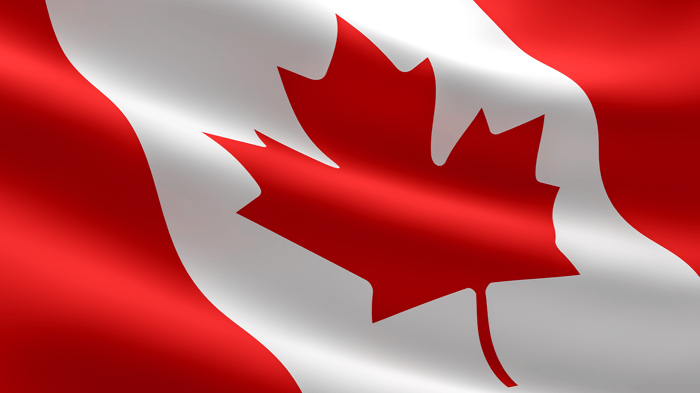





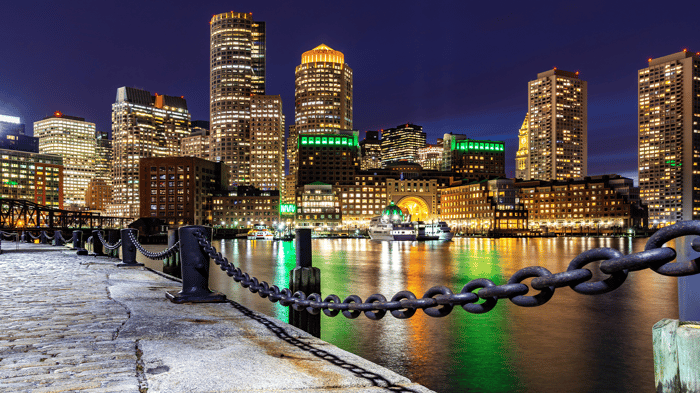

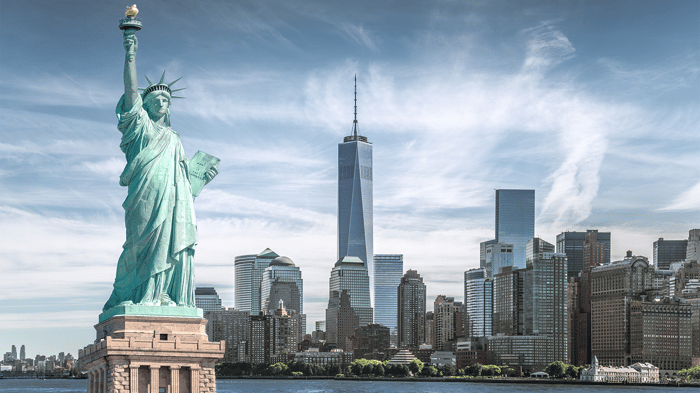



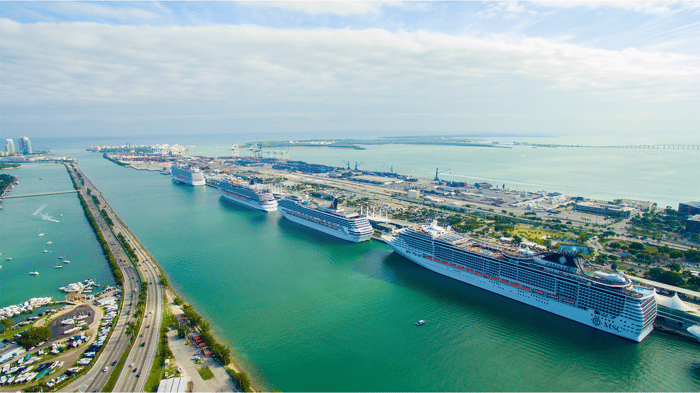



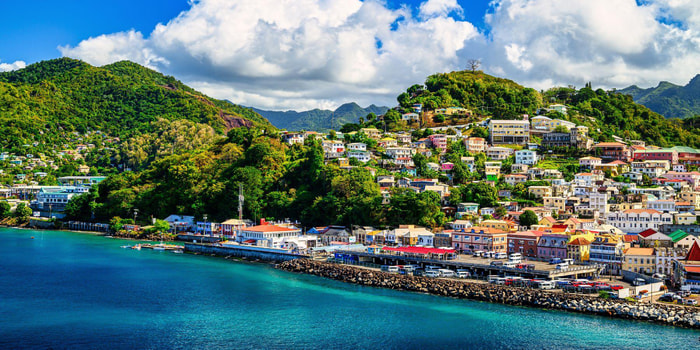










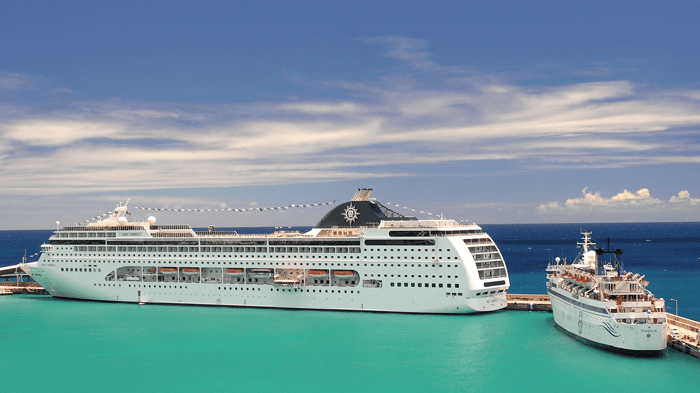







Sleek and elegantly charming, Nautica’s decks are resplendent in the finest teak, custom stone and tile work, and her lounges, suites and staterooms boast luxurious, neo-classical furnishings.
